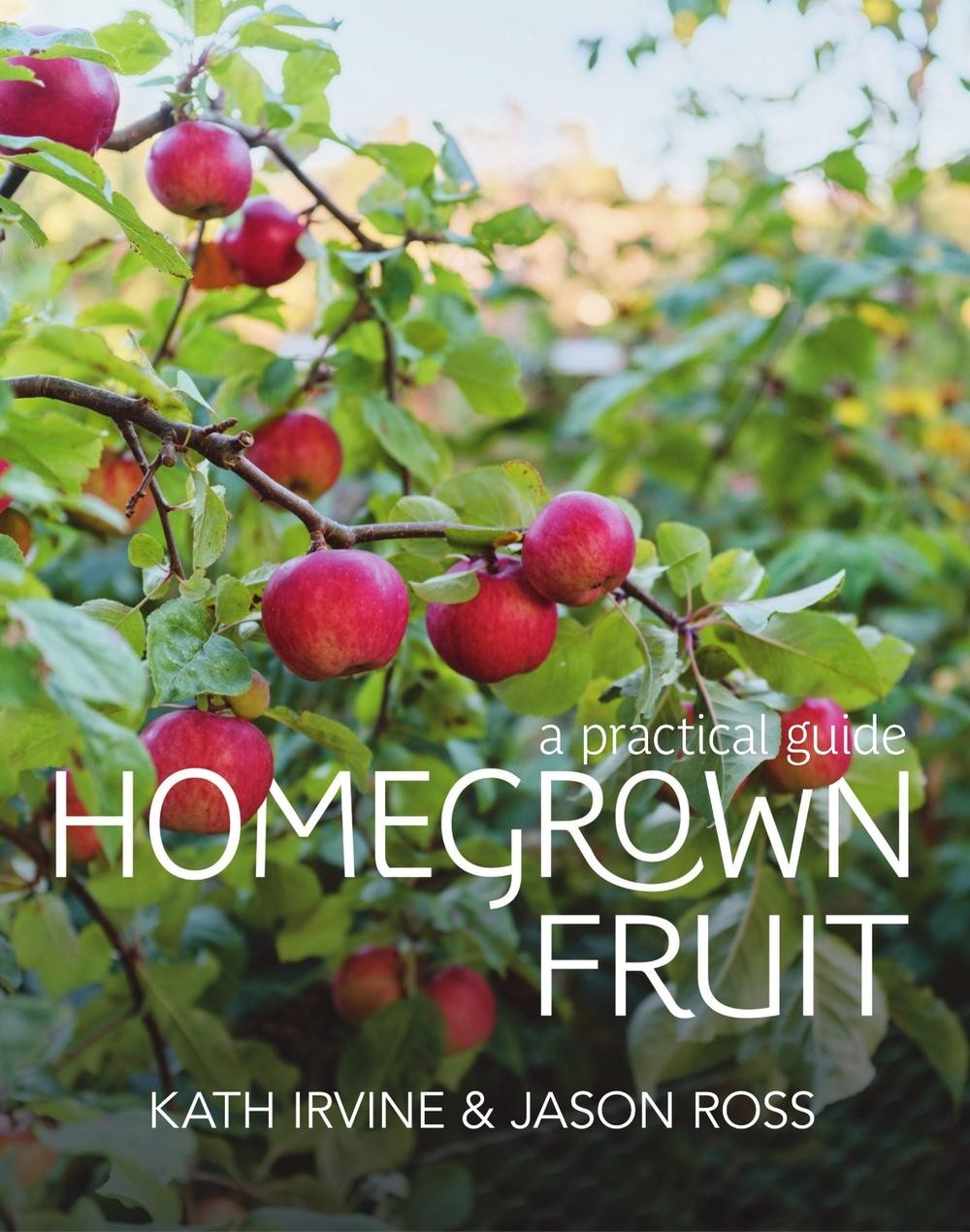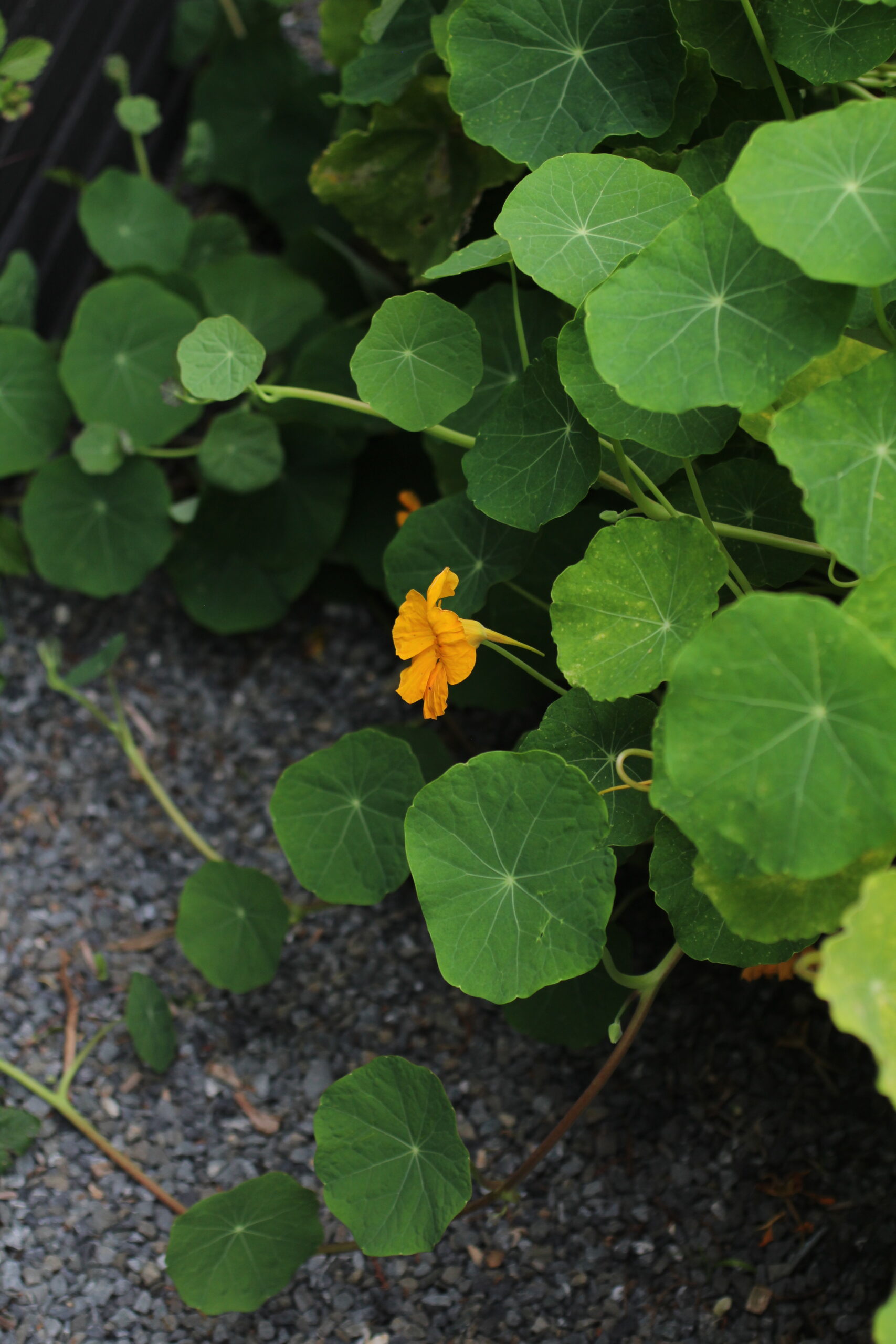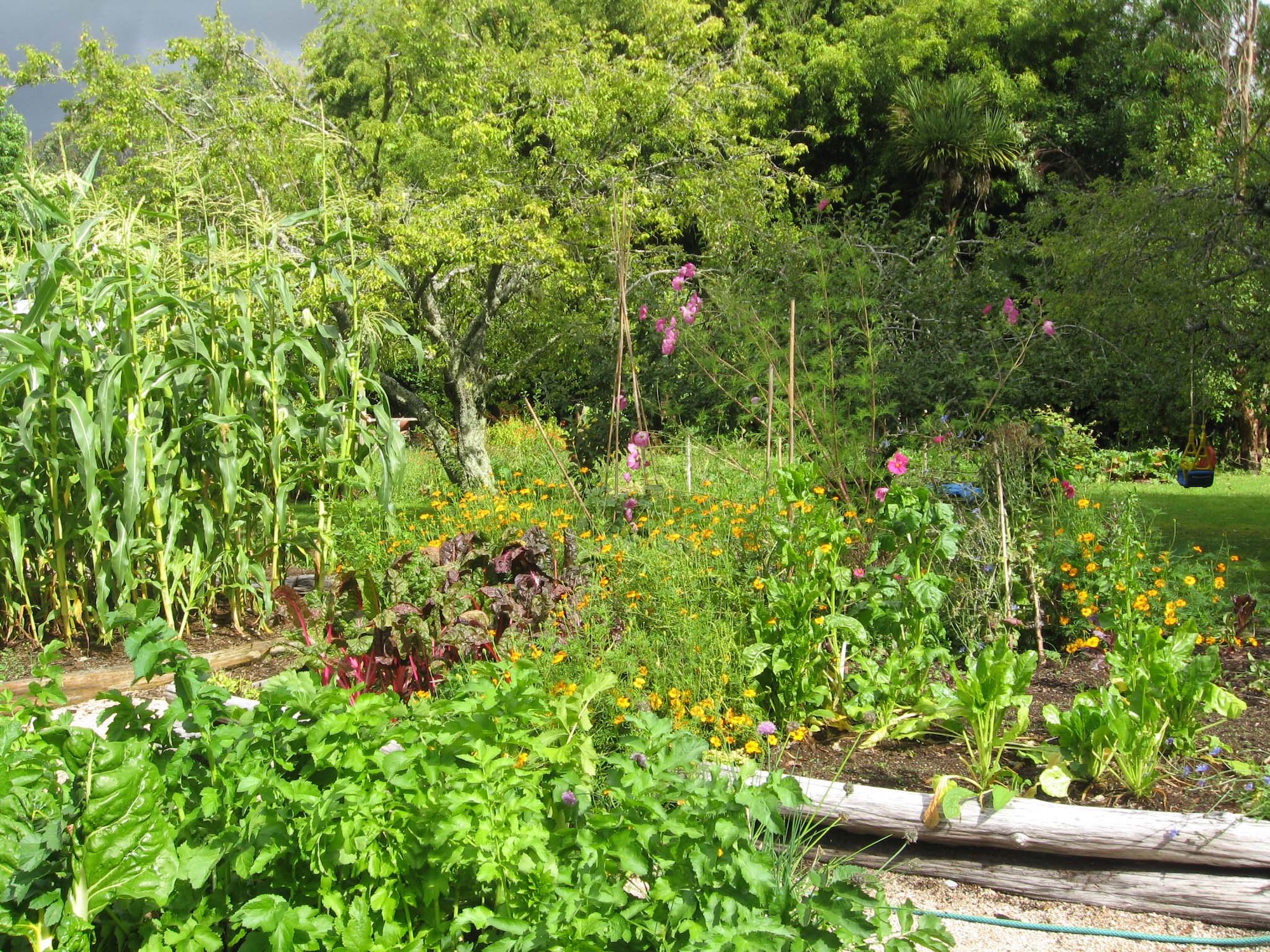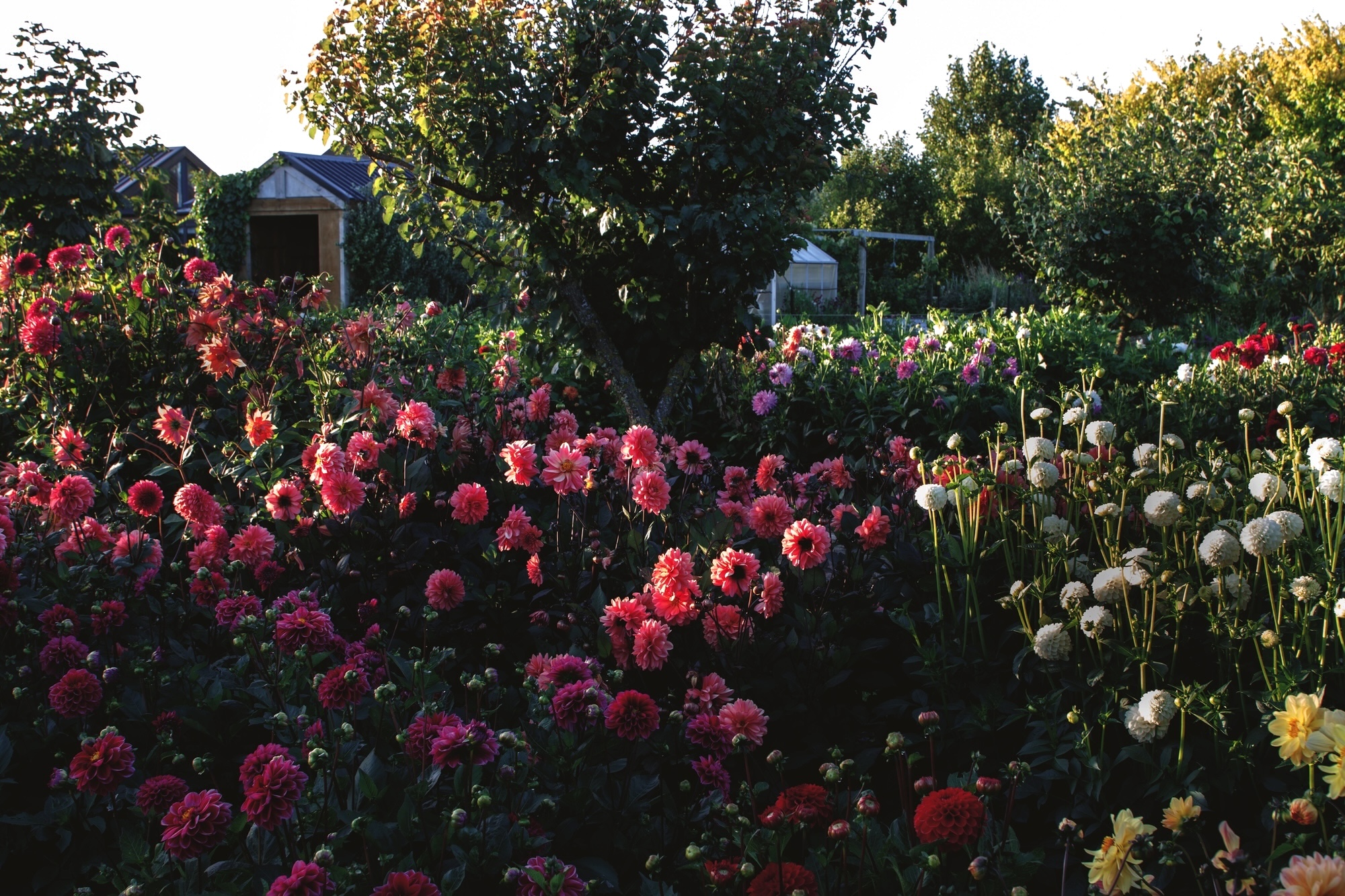Your cart is currently empty!
Your ever-changing orchard | Homegrown fruit: A Practical Guide

Your ever-changing orchard | Homegrown fruit: A Practical Guide
If you’ve ever dreamed of growing your own fruit but weren’t sure where to begin, let us introduce you to Homegrown Fruit: A Practical Guide. The book is packed with straightforward advice for your easy orchard life – growing prolific, healthy fruit trees at home.
—
This story was first published in Sage Vol. 1
Your orchard is an ever-changing space – season by season and year by year. Trees grow and cast new shadows, soil improves and holds more water, new microclimates are created as shelter grows… nothing stays the same. Keep your ever-observant eye quietly on the job so that you can respond to the changes and keep everything humming along.

Fig 1 In the early years of this orchard, raspberries, blackcurrants, ugni berries, and veggies crop really well in the open, sunny space. A decade or so later, as the apple, pear, and plum fill the space, most of the berry plants and vegetables are replaced with shade-tolerant groundcovers. Ugni berries remain because they crop well in the shade.

—
Fig 2 The new owners of this little pear and blackcurrant orchard like pears, but didn’t want nine of them! They taste tested them and chose their favourites to keep. Then chopped down and mulched up the others as well as the old, unproductive blackcurrants. In the newly available space, they planted blackberries, new blackcurrants, and a veggie garden. Three years on, their orchard hums with diversity and health, and it suits them to a T.
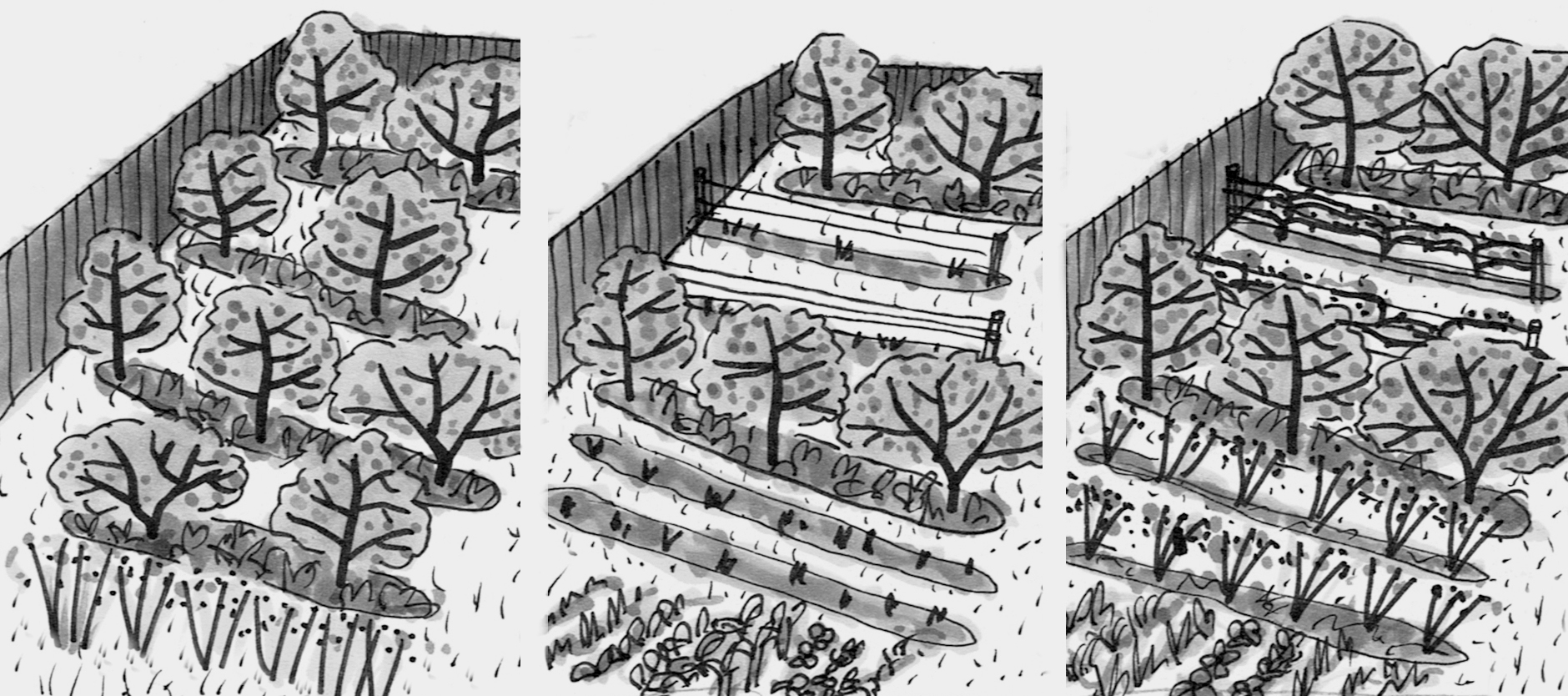
Keep air flowing and light beaming in
- Chop-and-drop limbs that block light to fruits that need it.
- Reassess shelter, filler plants, or support trees, and remove any that block light. Chop them off at the stump and mulch up the tops. Leave the roots in the ground to decompose, and feed and aerate the soil.
Keep energy up and all-round health high
- Replace fruit trees that are stunted, regularly diseased, or no longer productive.
- Keep diversity up amongst your groundcover plants by chopping and dropping dominant plants more often. Hit the refresh button with fresh seed or new plants.
Keep your orchard relevant to you
- If any varieties turn out not to your taste, or if you got a little excited and planted way too much of one type of fruit, don’t be shy about replacing them with fruits you will enjoy and make use of – change it up!
––
Editor’s note
I’ve long admired Kath Irvine’s thoughtful approach to organic gardening — her practical, easy-to-follow wisdom has guided me, and so many others, in their pursuit of a healthy, edible backyard. After Sage Journal hosted sold-out events with Kath in mid 2025, we were excited about the release of her latest book, Homegrown Fruit: A Practical Guide, co-authored with nurseryman and edible landscape designer, Jason Ross.
Together, they offer a step-by-step guide on growing fruit at home — acknowledging the time pressures of everyday life, and encouraging low-effort, high-reward orcharding. I’m so happy we can share the above excerpt, which reminded me that the most productive gardens are not built overnight, but observed, adapted and tended over time.
–– Emma Sage
Homegrown Fruit: A Practical Guide by Kath Irvine & Jason Ross
This is an excerpt from Homegrown Fruit: A Practical Guide, by Kath Irvine & Jason Ross, published by K + J Publishing, RRP $58, on sale October 2025
Buy Now
